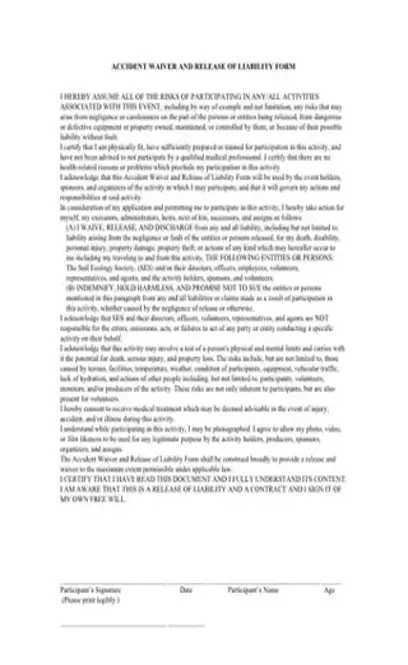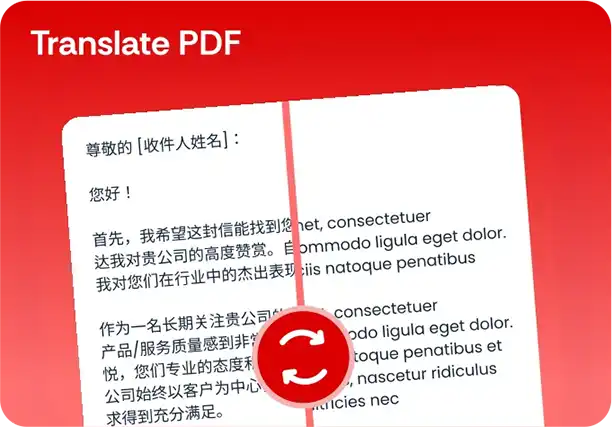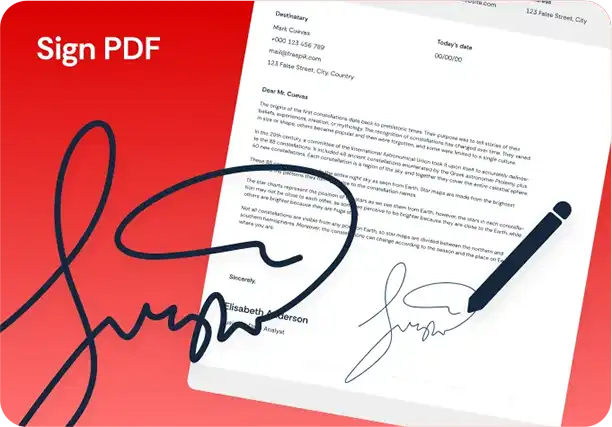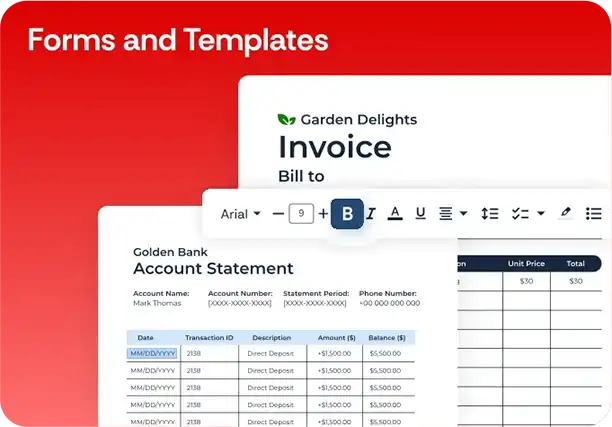Medical Release Template
Stop searching and find out why people love the ease of creating beautiful and legally compliant Medical Release with PDFSimpli.

Stop searching and find out why people love the ease of creating beautiful and legally compliant Medical Release with PDFSimpli.





[toc]PAGE HEADER – Filling Out a Medical Realease PDF Form¨ Medical practitioners work hard to keep your medical history and records private and secure. This is why you need a medical release form to obtain copies of your medical records or to review the information available in your medical records. Also, if you need your medical history released to a third party, like an attorney, you will need to fill out a medical release form. This is used to protect the confidentiality of all patients. ¨¨
The medical release form, also known as the medical records release form or the medical information release form is used to release a patient’s information. This requires proof that the person requesting the information has permission from the patient to review the medical records. Even if you just want to see your own records, you will need to fill out a medical release form. In many instances, another provider will ask you to fill one out to get your medical history. Dentists, hospitals, chiropractors, and even psychiatrists may need you to fill out a release form so they can have a better understanding of your medical background and history. Attorneys may also require the information to gain information on your medical history. For example, if you were in a car accident, the attorney would require you to fill out a release form. This would enable him or her to use your medical records as proof that you were injured in an accident. The form needs to be compliant or adhering to the standards of the Health Insurance Portability and Accountability Act. This ensures that companies working with this secure health information, formally known as the protected health information, must have security measures in place to protect that information. ¨¨Who Would Use the Medical Realease PDF? This form can only be filled out by the patient. If the patient is a minor, a parent or guardian can give permission to release the medical records. However, the release form is used by a variety of professionals to share medical information without violating the privacy of the patient involved. This detailed document allows medical professionals to release information like health care, payment, and treatment. However, they are generally only used in specific instances. The information can only be released to the people or professionals designated on the release. This ensures that the healthcare staff are unable to release the information to any other party. Depending on who you designate can view the documents, the medical information may be released to attorneys, other doctors, insurance providers, or family. It can also be released to a party required to make healthcare decisions for the patient. For example, a parent might fill out a release form for their child if the school required records of a medical illness that required medicine during school hours. ¨When Should You Use the Medical Realease PDF? ¨The form should be used when you need access to your health records or a professional needs access to the information on your behalf. You have the right to see the information available in your medical history including your health insurance information, your medical history, and even how to contact you. You should also use the release form if you need others to have access to the information. This could include family members, attorneys or other doctors who need the information in order to provide better care. ¨¨What are the Consequences for not Using a Medical Release PDF? The consequences for not using a medical release form that is HIPAA complaint are simple, you will not receive the records. The health industry takes patient privacy seriously. The document is required before medical information is released to you or other parties. Without the form, you will be told that they cannot provide information until you have filled out the form in the appropriate manner. ¨¨
Filling out the release of information form is easy, simply follow these steps.
Step 1: Fill out the Patient’s Information Fill out the name, address and phone number of the patient whose records are being disclosed. It is important to write this information in clear print so the information is easy for the healthcare worker to understand. It also needs to be filled out in ink.
Step 2: Date of Birth Write down the day, month and year the patient was born.
Step 3: Authorize Make sure you know who you are releasing the information to. By authorizing a person to access your information, you are giving permission to the health care provider to release all of the information contained in your medical records to that person. This can be the name of the healthcare provider or the attorney who requires the information. If you need to release the information to more than one person, you will have to fill out a form for each person or company you wish to release the medical records to. Also, if you need the medical records from multiple providers for the same person, you will still need to fill out a separate form for each provider. Step 4: DOS The date of service is the time frame when the patient was treated. This can either be a range of dates if you were treated for years or a single day.
Step 5: Disclosure This is where you give the full information of the person or organization to whom you disclose the medical records. Make sure you enter the name, physician, company, as well as the mailing address and phone number.
Step 6: Purpose of Use In this step, you reveal the reason for requesting the information.
Step 7: Expiration Date If you leave this section blank, the expiration date is always 180 days after the authorization has been filled out. Otherwise, fill in the date you wish the release to expire.
Step 8: Signature and date The patient must sign the document and date it. It also requires a printed name for proof and verification.
[pdf-embedder url=”https://cdn-prod-pdfsimpli-wpcontent.azureedge.net/pdfseoforms/pdf-20180219t134432z-001/pdf/free-release-of-liability-form.pdf”]
The pricing of medical records depends on the state that the patient lives in. Often a doctor can charge a reasonable clerical fee for finding the documents and making copies as well as charging $0.25 cents per page.
This is a medical release form that is made by Congress to protect the patients’ information. It is protected by the Health Insurance Portability and Accountability Act.
Both physicians and hospitals are required by law to maintain your patient records for at least six years after your last visit. Even if the patient is a child, the doctor is required by law to keep the information for at least six years, though the exact number of years depends upon the state that you live in.